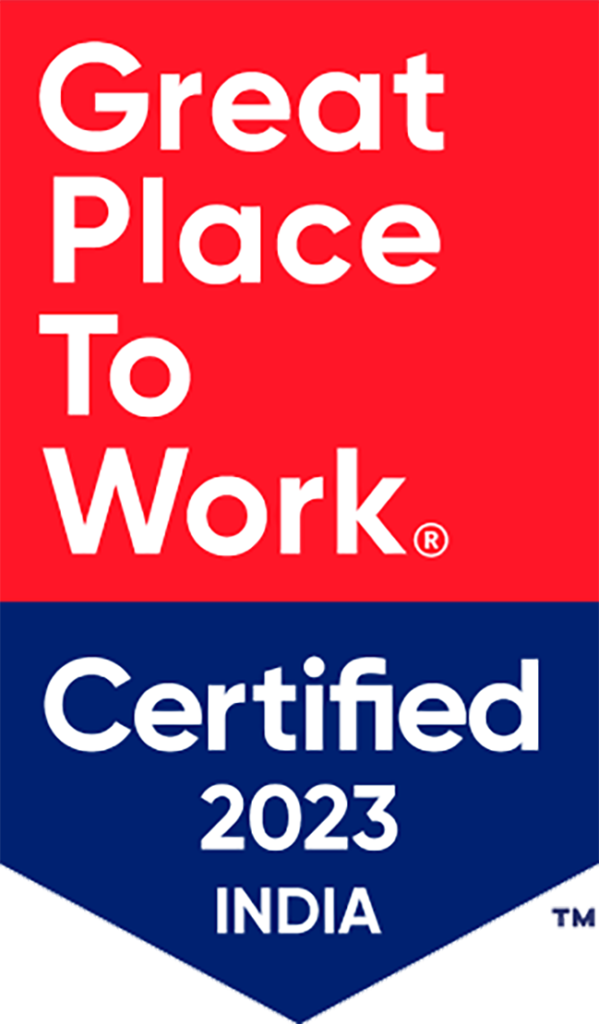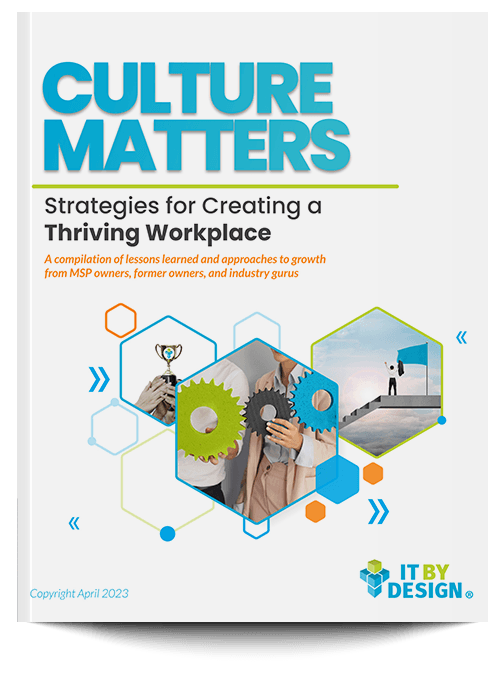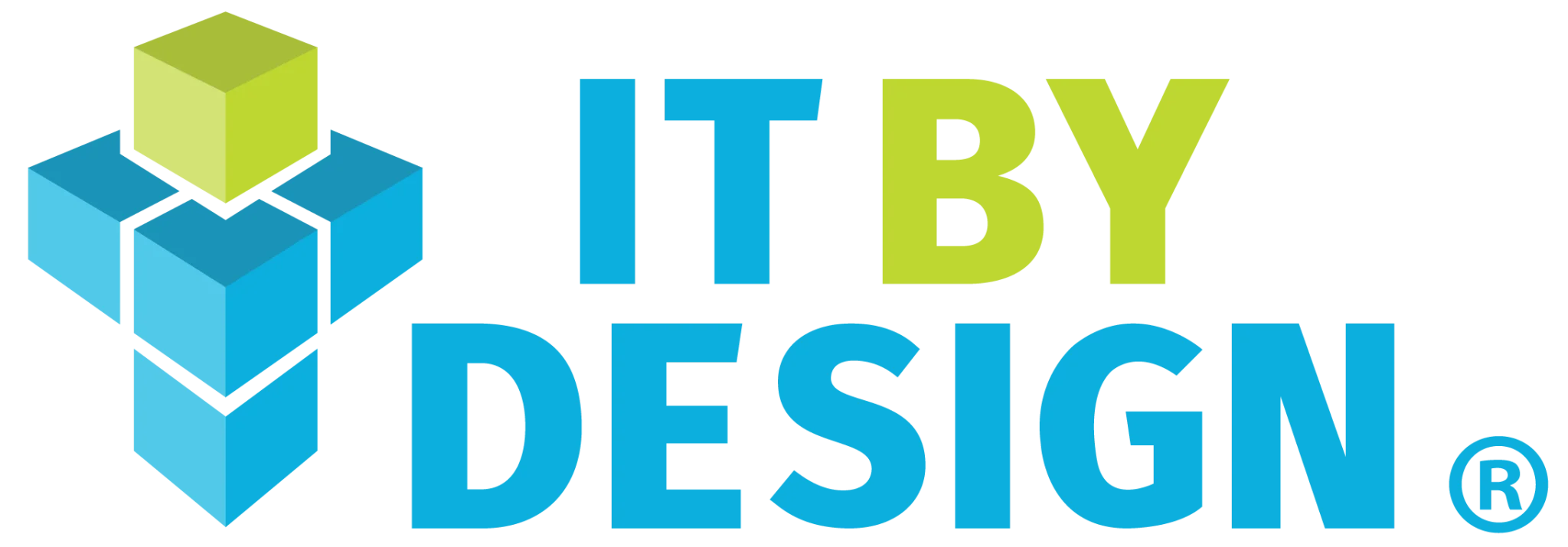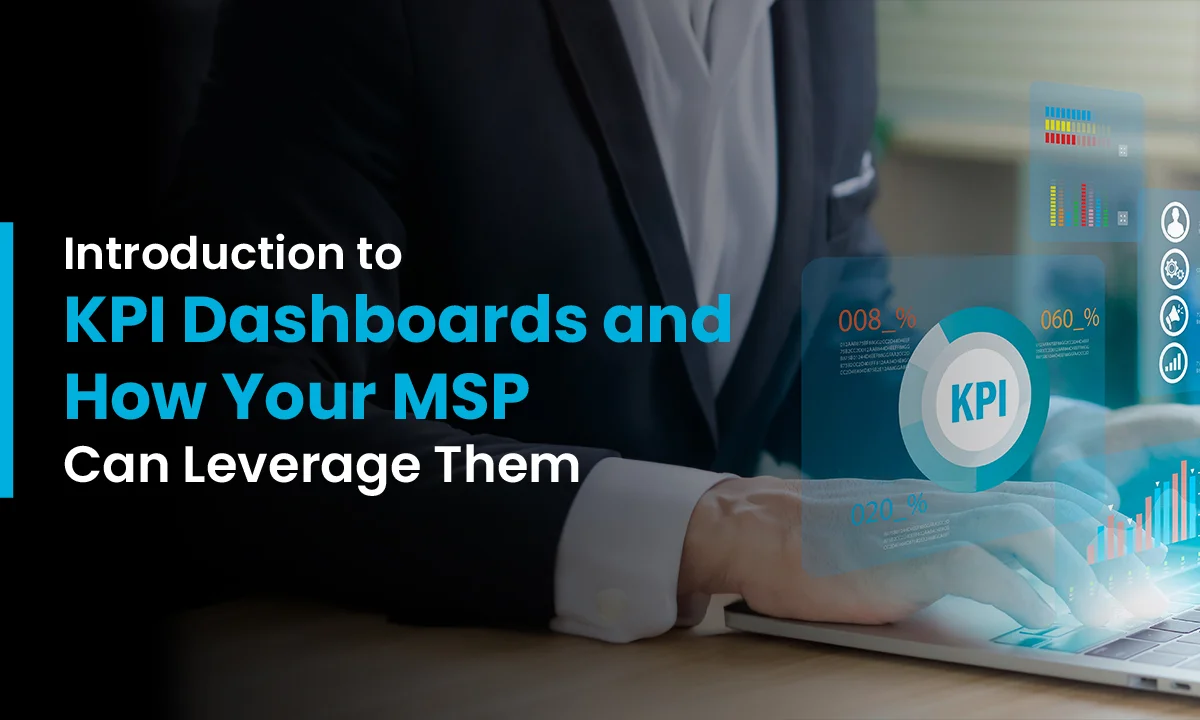I just got back from my girls’ trip to Venice and obviously, we ate too much. So, what’s the first thing we planned to do—hit the gym. I like to listen to audiobooks while I’m in the gym. This Tuesday morning, I was listening to Patrick Lencioni’s “The Truth about Employee Engagement” and wow, did it resonate. Lencioni actually spoke directly to what we have built in our employee engagement platform, Team GPS—which made me want to do a happy dance. I wanted to share with you the three components that Lencioni, and I (IMHO), believe lead to Job Misery and a disengaged workforce.
First, Anonymity. Do you see me? I don’t mean visually, but as a person. Do you see my contribution to the organization aside from what I do on a scorecard. Now don’t get me wrong, scorecards matter, and we’ll get to that later, but do you see me as a whole individual. Do you have an authentic connection with me? Do you know about my kids, my two dogs, what matters in my life, what’s impacting how I show up – DO YOU SEE ME? I think too often managers forget this component. As humans, we all want to be seen, heard, and acknowledged. Long gone are the days when we had nine to five employees and we kept it strictly professional – this newer generation wants to be seen. We need to be able to understand our whole employee, to see them beyond just what their scorecard tells us, to what they contribute to the organization’s overall health. What are their personal and professional goals, where do they see their health, relationships, and legacy in 2, 5, or 10 years. Do you know?
Second, Irrelevance. Does the work I do matter? One of the key areas that most companies struggle with is clearly communicating organizational goals with everyone within the organization. Numbers should not be scary; we should not be afraid to share information when it comes to growth targets, retention numbers, and all the other information that is directly impacted by the work that people do. By effectively communicating annual targets, quarterly goal setting, and providing status updates on how we are doing, employees now know how their work is directly impacting the greater good of the organization. They’ll know that the work they do, matters. You will see increased motivation, greater attention to quality, and more ownership of goals, when they see that there is a direct impact of their work and decisions on the larger organization. If you build out incentive structures that are directly linked to organizational performance, that’s another added benefit. Now their success is tied to the company’s success: if the company grows, we all grow.
Finally, our third and most important piece, immeasurement. How is my contribution to the organization being determined? Yes, we all love KPIs, scorecards, and percentage of targets, but what about the extra stuff? These are the organizational citizenship behaviors – the things that we do that are outside of our job duties. How are those being measured? I may perform my job well, I’m meeting required goals and targets, but am I doing anything additional for the organization? Does it even matter? Those are the concerns that people have. Being able to see the whole individual, not just what a customer satisfaction survey says. The great employees, the ones who are truly engaged, aren’t just looking at a scorecard, they are seeing the whole organization as a larger community, and they want to be an active and contributing member supporting the community’s collective success. When you find these diamonds, you need to hang on to them. The best way to cultivate their engagement is to:
- Show them that their KPIs matter.
- Provide visibility into how the KPIs will be measured.
- Ensure transparency about equality with everyone being measured in the same way.
- AND, foster authentic connection so that you can see all the contributions they are making to the organizational community.
Effective employee engagement is probably one of the most significant issues that small business owners struggle with. Being able to address the concerns of this distributed workforce, and specifically being able to understand what each of these people needs, is not easy. But if we break it down into these three simple questions: 1) Do you see me, 2) Does the work that I do matter, and 3) Do I have clarity on how my performance is being measured and is it equal and just with others—you will definitely have a more engaged and happy workforce.













